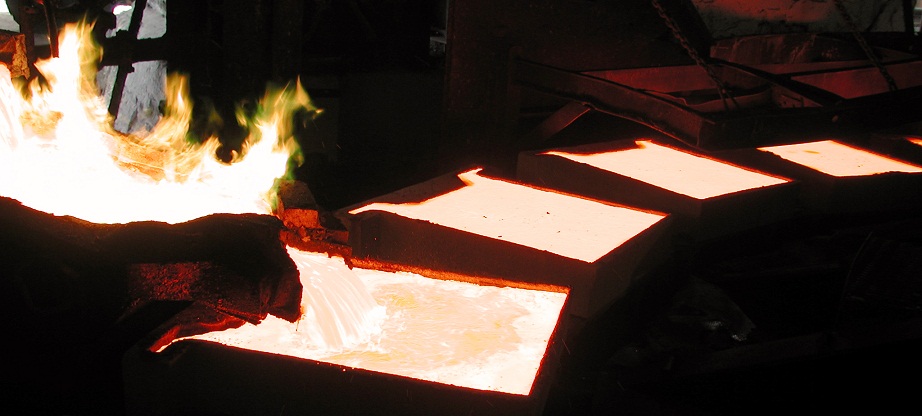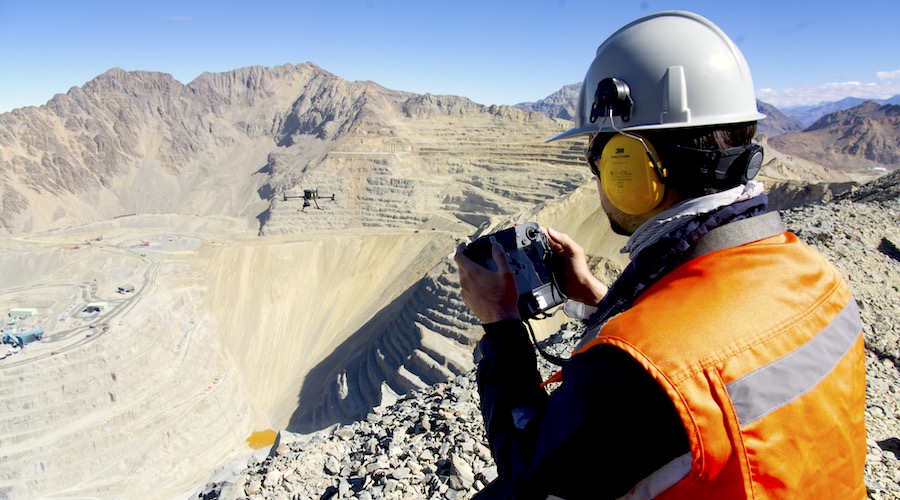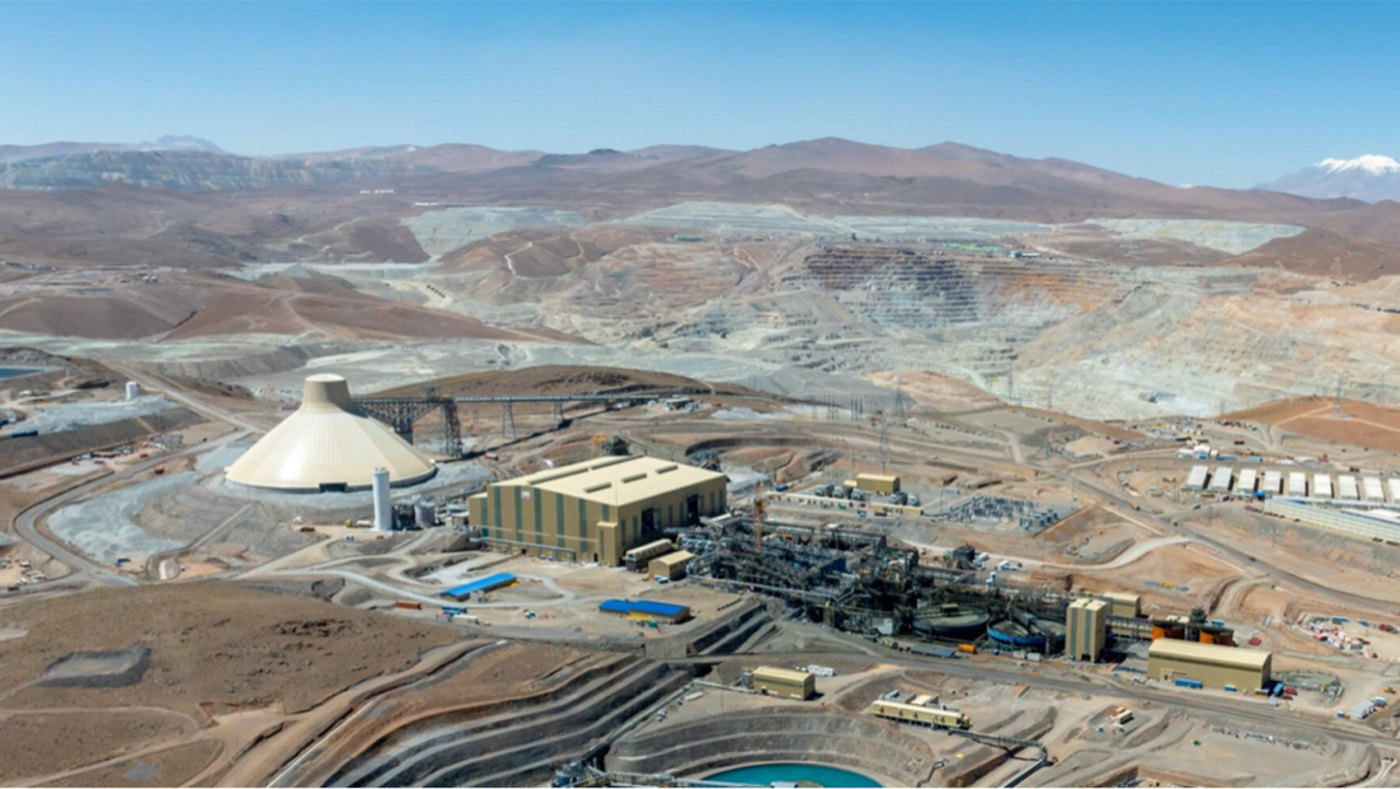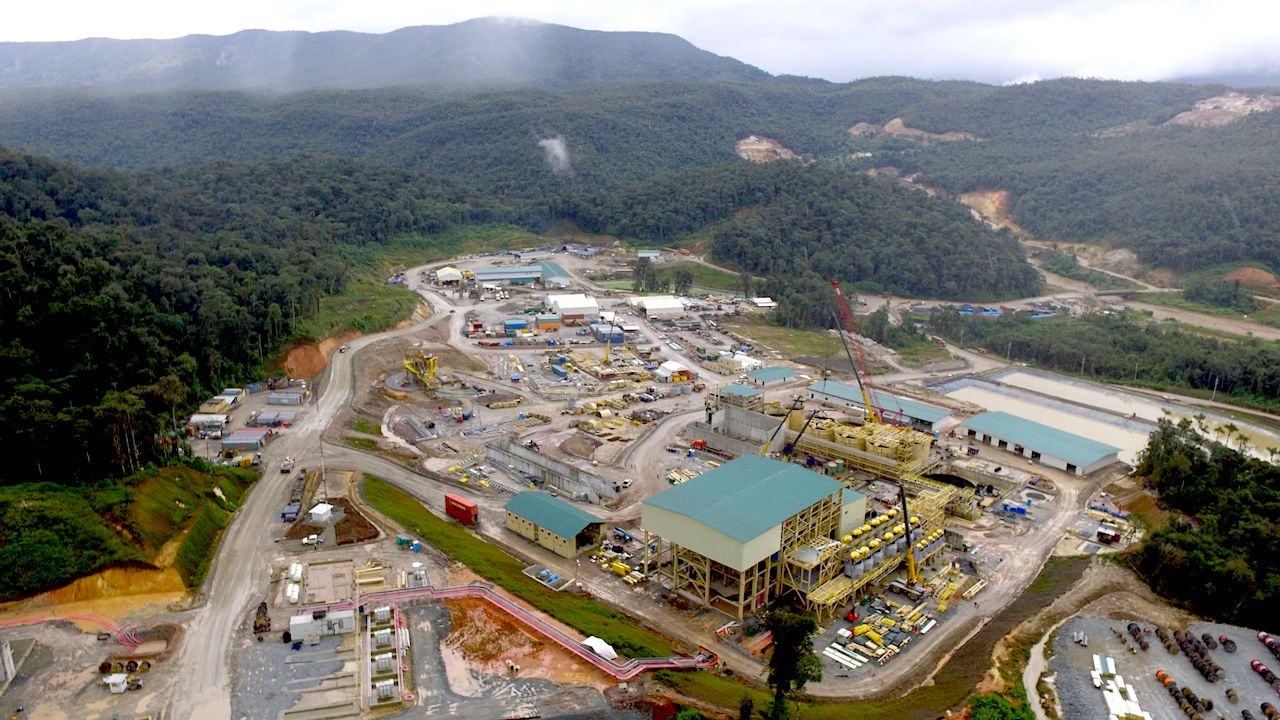VANCOUVER – A new resource estimate for the Back Forty project in Michigan has boosted the deposit's metal grades, but despite the improvement there is no work underway at the site because project operator Hudbay Minerals suspended the operation seven months ago citing capital commitments on other projects and global economic conditions.
Hudbay owns 51% of Back Forty; Aquila Resources owns 49%. Since a water well first hit into massive sulphide mineralization on the site in 2002, Aquila and various partners including Hudbay have invested $50 million into exploring the property, which has now been perforated with more than 500 drill holes. Polymetallic massive sulphide mineralization has been traced down to 700 metres depth and remains open.
The new estimate incorporates data from 78 holes drilled since the previous estimate in 2010. Total resource tonnes are down slightly, but grades for every metal in the deposit have climbed.
In the open pit category, measured and indicated resources now stand at 9.65 million tonnes grading 2.07 g/t Au, 22.45 g/t Ag, 0.34% Cu, 0.17% Pb, and 2.47% Zn. Inferred resources add 152,500 tonnes of similar grade material.
Open pit resources are down compared to the last estimate, but many of those tonnes simply became part of a much increased underground resource. That underground resource at the Back Forty now comprises 5.49 million measured and indicated tonnes grading 1.97 g/t Au, 28.06 g/t Ag, 0.32% Cu, 0.32% Pb, and 4.1% Zn, plus 2.18 million inferred tonnes averaging 2.03 g/t Au, 25.96 g/t Ag, 0.37% Cu, 0.33% Pb, and 2.15% Zn.
Aquila and Hudbay now have to decide just what to do with Back Forty. The project had been advancing steadily towards development until Hudbay suspended activities, just a few months after the partners had release a preliminary economic assessment (PEA) of the project. That study concluded an open pit Back Forty mine processing 3,000 tonnes of ore each day would generate an 18.2% pre-tax internal rate of return, enabling payback of the US$224.7-million capex during the third year of operation.
The mine as envisioned in the study would have only operated for seven years, based on defined open pit resources at the time. It carried a pre-tax net present value of US$73.6 million, at an 8% discount rate, and gold was responsible for 48% of the project's projected revenues.
The PEA represented a good step forward for Back Forty, but now the project's future is unclear. Hudbay suspended activities at Back Forty in July, citing capital commitments on its key development projects and global economic conditions. In November Aquila provided an update, letting investors know that the partners were evaluating a range of options to advance the project towards permitting and potential production. Aquila said the project is being maintained in a "ready-to-go status to capitalize on the engineering, environmental, and other work completed by the joint venture."
While Back Forty remains in limbo Aquila has turned its attention to its two other gold properties in the southeastern United States. The Royal Vindicator project and the Moose property are both in the Carolina Slate belt, which also hosts Romarco Minerals' Haile gold deposit as well as the historic Brewer and Ridgeway gold mines.
Royal Vindicator in Haralson County, Georgia, is also an historic mine, having operated in the late 1800s as a small scale open pit and underground operation. Exploration drilling in the late 1970s outlined a gently dipping, continuous gold bearing zone roughly 1,000 metres long, 500 metres wide, and 12 to 24 metres thick. Aquila now owns the property outright, aside from two production related royalties, and preliminary mapping and sampling work found gold in outcrops outside of the known zone. Aquila says a second stage of exploration is in the works and will include drilling.
The Moose Pasture property is in the northern part of the Slate belt, in Anson County, North Carolina. The property covers a geochemical soil anomaly and placer operations have recovered abundant gold from creeks. Aquila's geologists have confirmed the presence of anomalous gold in soils and outcrop; stream sampling also produced prospective results. The company is now planning a drill campaign.
News of the resource estimate for Back Forty had no impact on Aquila's share price, which remained stuck at 15¢. Hudbay's share price slid 38¢ on the news to $11.22.
To read more Northern Miner articles, click here





Comments